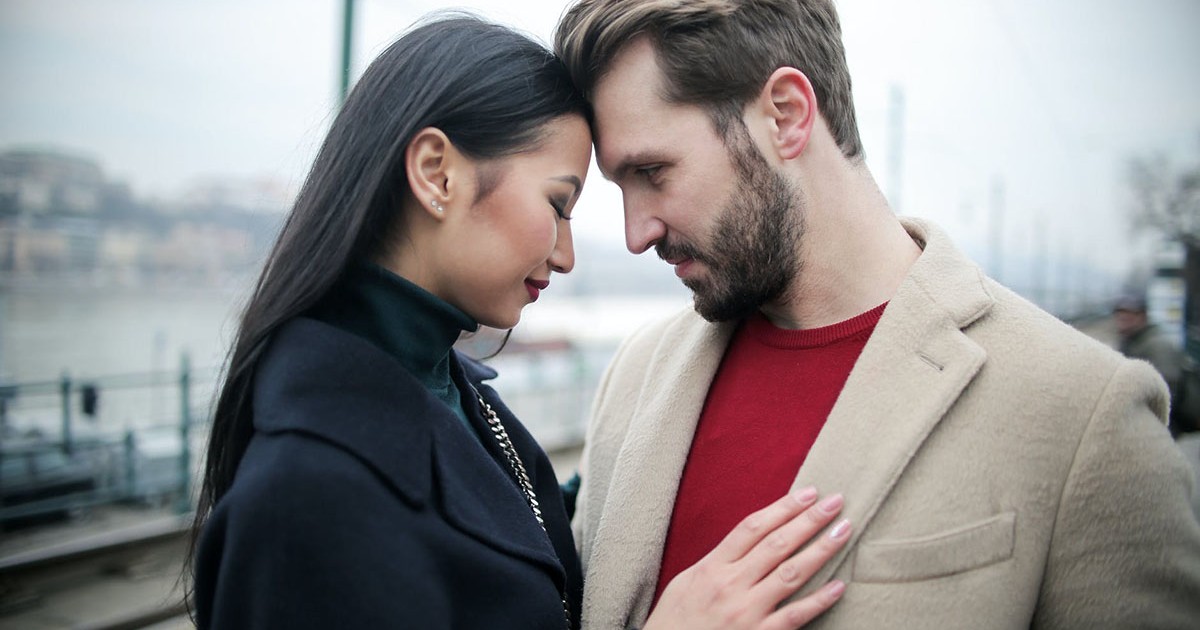In advance of studies, bees were fed pollen and you may artificial nectar offer libitum in place of publicity so you’re able to colored stimuli of this dining
(a) Reading efficiency

We acquired twelve bumble-bee (Bombus terrestris dalmatinus) territories, for every single which has had 30forty workers, away from Koppert Biological Assistance (Berkel dentro de Rodenrijs, The netherlands). The pros have been distinctively designated on the thorax with numbered, colored labels (Opalith tags; Christian Graze Kilogram, Germany). So it invited people to be truthfully identified both in lab reading tests and you may industry foraging samples.
New bees have been pre-trained to forage from 20 bicoloured, blue and purple, fake plant life within the a research journey arena. New square, bicoloured plant life was in fact constructed from a few halves (per 12?24 mm): one to red-colored (Perspex Purple 260) plus the almost every other blue (Perspex Blue 727). During the pre-knowledge, every bicoloured plants was in fact rewarded which have fifty% (w/w) sucrose service delivering previously the colour-unsuspecting bees that have an equal opportunity to associate each other colours that have reward (Raine mais aussi al. 2006b). Bees completing no less than five successive foraging bouts on bicoloured vegetation was indeed chosen getting education. These types of foragers have been instructed personally, within the a journey stadium that features ten blue (Perspex Blue 727) and you can 10 red (Perspex Reddish 260) fake plant life (per 24?24 mm). Red-colored plants was indeed fulfilling (for every contains 15 ?l of 50% (w/w) sucrose solution), when you’re blue vegetation was basically empty (unrewarding). Bees was regarded as choosing a flower when they often approached (inspected) or arrived with it. Obtaining on the a flower failed to fundamentally bring about a giving (probing) skills. Thus, in advance of probing a rewarding (yellow) flower, bees you can expect to prefer one another purple/satisfying otherwise blue/unrewarding vegetation by the addressing otherwise obtaining in it (instead probing). Opting for a red-colored (rewarding) rose are thought to be correct’, when you are opting for a blue (unrewarding) rose is actually deemed to get an error’. I registered the possibility series created by for every single bee in the date they first joined the newest trip arena. Tape this new rose choices for for every bee ceased once they had made 99 rose solutions adopting the first-time it probed a fulfilling (yellow) flower (Raine ainsi que al. 2006b). Ergo, each bee produced at the very least 100 flower options, for instance the first time it probed a worthwhile flower, along with any choice made before it basic probing feel.
Herbs had been changed in addition to their ranking re-randomized anywhere between foraging bouts to prevent bees using scent scratching or earlier rose positions since predictors of reward. Rose colours have been selected making sure that bees had to defeat the strong, unlearned taste for bluish, ahead of accompanying one of its innately minimum favoured colors (yellow) which have award (Chittka et al. 2004; Raine mais aussi al. 2006a). Fifteen bees had been coached off for each colony (i.e. 180 bees overall) anywhere between cuatro and . Thorax depth proportions was drawn for every of them bees due to the fact a way of measuring system proportions. Regulated light for research studies try provided by high-frequency fluorescent bulbs (TMS 24F lights with cuatro.step three kHz ballasts (Philips, Holland) fitting with Activa sunlight tubes (Osram, Germany)) to imitate natural daylight over the bee flicker combo frequency.
(b) Discovering contours
The starting point for each bee’s learning curve was the proportion of errors made (blue flowers chosen) before the bee first probed a rewarding (yellow) flower. For bees making fewer than five flower choices (either by approaching or landing on them) before probing a rewarding flower (n=53), we used the colony mean proportion of errors (calculated from bees making five or more such choices). Flower choices made by each bee after (and including) the first time it probed a rewarding (yellow) flower were evaluated as the number of errors kissbridesdate.com Discover More Here (blue flowers chosen) in each group of 10 choices. Learning curves (first-order exponential decay functions: y=y0+Ae ?x/t ) were fitted to these 11 data points (i.e. the start pointing and subsequent 10 groups of 10 flower choices) for each individual bee, using Microcal Origin (Chittka et al. 2004; Raine et al. 2006b), to capture the dynamic nature of the learning process. Here, x is the number of flower choices the bee made, starting with the first time it probed a yellow flower, and y is the number of errors. The saturation performance level (y0) is the number of errors made by a bee after finishing the learning process, i.e. when reaching a performance plateau. The decay constant (t) is a measure of learning speed: high values of t correspond to slow learning, whereas lower t values indicate faster learners. A is the curve amplitude: the maximum displacement (height) of the curve above y0. Both amplitude (A) and saturation performance (y0) were constrained between 0 and 10 for curve fitting. Eight (out of 180) bees showed no appreciable improvement in performance during the task, and the software generated learning curves’ that were essentially horizontal lines. These bees were excluded from subsequent analyses because their t values were either very high (>400) or negative.